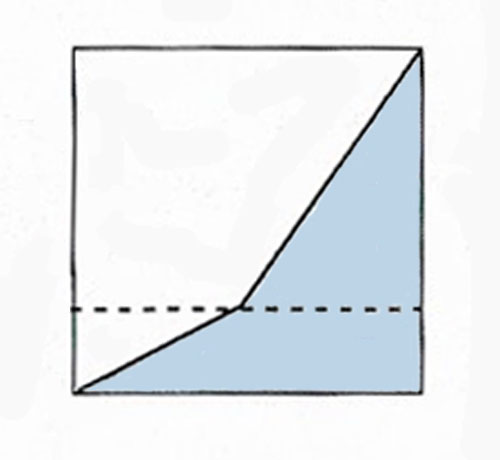noise gate

The effect shows that the effect of gating is the reverse of limiting: a threshold is set below which no sound will emerge.
The function of a noise gate is to shut off low level unwanted noise in a signal, only allowing a signal to pass when it reaches a set threshold level. With an electric guitar signal, hiss from an amplifier can be excluded while notes are not being played. With an acoustic guitar amplified through a microphone, some unwatitecl background sounds also being picked up by the microphone can be excluded, Though these sounds will get through once the guitar exceeds the threshold and opens the gate, the sound of the instrument usually masks the unwanted sound.
Expander
A noise gate is technically the exact opposite of a limiter but has similar "threshold" and "release" controls. The threshold sets the signal level required to open the gate, while the release holds it open until the note has died away. Just as noise gates can be regarded as being the opposite of a limiter, an "expander" works in the opposite way to a compressor and has similar controls. As the name implies it expands the dynamic range of a signal in the same way that a compressor reduces it. There are many applications for a combination of compression, limiting, expansion, and gating. More than one may be used on a signal at the same time.


